Mr. Windpower's heart now beats for hot rocks

Henrik Stiesdal, the 64-year old Danish inventor and wind energy pioneer, has picked up quite a few nicknames since building his first pilot wind turbine in 1976: the father of the modern wind industry and Mr. Windpower to name a few.
In the late '00s, though, his formal title was that of chief technology officer at Siemens Wind Power, from where he could watch how his life's work, the wind turbine, had over time matured as a technology. Through such observation, Stiesdal came upon the realization that got his heart beating for stone as a medium for storing energy.
"I sensed that everything was going very well. Initial problems involving noise and installation at sea had been solved – so what was the next challenge?" Stiesdal remembers asking himself.
That led him to draw up a list of what needed to be done for wind to become the globally preferred form of electricity generation.
"There needs to plenty of energy: I could cross that off my list. The price must be fair. I thought we were well on our way to achieving as much, so I could be put a check on that item. It should not come at the expense of climate: also check – even if all components were made powered exclusively with coal power. Yet another check," Stiesdal says.
Although in step with that list growing longer, checking off further boxes became increasingly difficult.
"Installation should be possible without popular opposition. There's a limit, of course, for onshore, but if wind turbines are set up far enough out to sea, no one complains. Check, check, check," he summarizes recalling the list written around 15 years back:
"Naturally, the energy should be available when it's needed. But oops, that can't be done. That's the big weak point."
From his office job, Stiesdal has identified the Achilles' heel of wind power, and as one the modern sectors main midwives, he felt himself called upon to make a solution.
"Storing the energy was the last major barrier, and that motivated me. Now I think we have found the solution. Success, of course, has many sources. Siemens has been involved, the Technical University of Denmark has played a big role, as has [Danish cooperative utility] Andel more recently. Moreover, we have had many skilled personnel," Stiesdal says:
"I have personally spent a lot of time evaluating various storage technologies in terms of their advantages and disadvantages through technological exploration. Based on that background, we now think we have a solution to this fundamental challenge for renewable energy."
The dirt cheap medium-term solution
Stiesdal speaks warmly and openly about the forthcoming Gridscale facility being developed by Stiesdal Storage Technologies in Southern Denmark's Rødby alongside Andel, formerly called Seas-NVE. The solution is that of electrothermal energy storage using basalt as a medium for heat retention within a steel tank. This thermal energy can then be reconverted into electricity via a turbine.
According to Stiesdal, this, the largest facility of its kind in Denmark, is a great bid for the technology needed to channel wind and solar power around the clock regardless of whether the wind blows and the sun shines.
This type of system can store energy for seven to 14 days, during which roughly 60 percent of the thermal energy can be converted back into electricity. This first setup will have a storage capacity rating of 4MW and discharge capacity of 2MW.
To illustrate the benefit of stone-based storage, Stiesdal compares the tech to rivaling concepts.
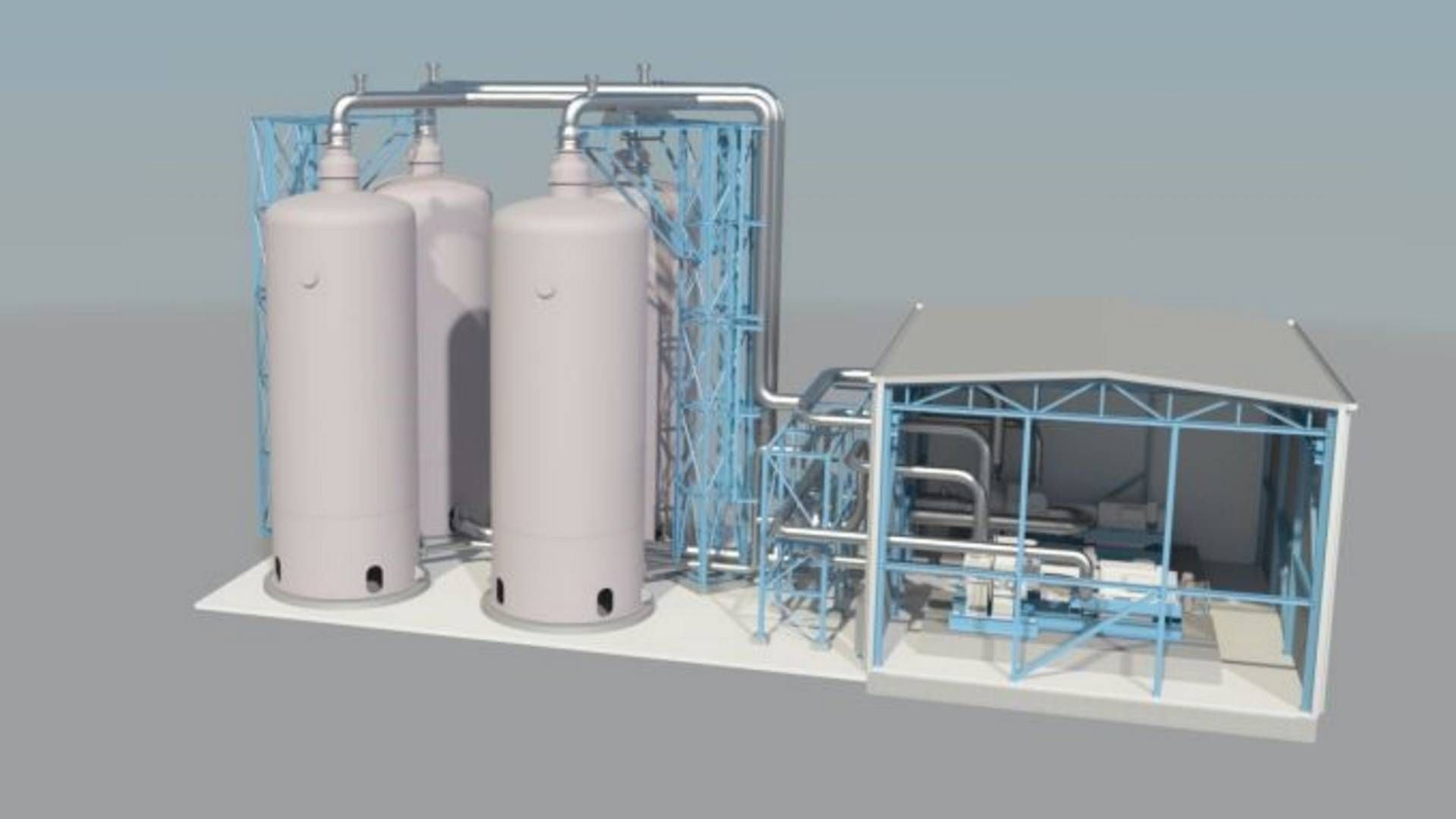
"There's an advantage in thinking about short, medium long-term storage. Batteries work well for the short term with a efficiency of 80 percent, but using these at scale becomes very expensive. Then we have hydrogen, which is cheap, but when talking about electricity-to-electricity, we're as far down as 35 percent efficiency," Stiesdal says.
This is precisely where rock storage enters the picture. This first installation in Rødby will run at around 50 percent efficiency, and according to Stiesdal, this figure can over time be optimized to roughly 60 percent as customized solutions are developed.
Perhaps the most important item is price. To be viable, it must be dirt cheap. Andel has previsouly said that transporting the rocks is markedly more expensive than the material itself. Compare this to batteries, the current alternative and which has also undergone a major cost reduction.
In 2015, price per kWh from batteries was, according to Bloomberg New Energy Finance (BNEF), was more than USD 2,500 per kWh. That figure has since plummeted to less than USD 200 pr kWh today, and BNEF says the price will continue to fall to below USD 100 by 2023.
The price per kWh for stone-based electrothermal storage, according to Stiesdal Storage Technologies, will fall under EUR 10.
Stepping stone to larger scale
Stiesdal Storage Technologies and Andel's facility in Rødby is an expansion upon two pilot projects on eastern Danish peninsula Risø. One was launched by Seas-NVE and the Technical University of Denmark's Department of Energy Conversion and Storage (DTU Energy), while the other was established by players including Stiesdal, Welcon and Frecon.
But despite the commercial nature of the forthcoming plant, Henrik Stiesdal deems it a "demonstration project".
"We're going to demonstrate it on a trial basis, but we also a need a market that's ready for it. The world is full of analyses indicating that energy storage will become huge, but it probably won't initially take off in Denmark. In Denmark, we just turn off the wind turbines when there's a power surplus, and it will probably be some time before the market picks up in earnest," he says while first and foremost taking an international perspective.
"For example, the plant is ideal if you want to generate 24-hour solar energy, which could be interesting in the US. Moreover, it could enable regions that currently have stand-alone grids powered by diesel generators, such as island states, to transition to purely renewable energy. The price will be approximately half that of diesel power. But if we're to enter such markets, it's important to have a physical technology to present."
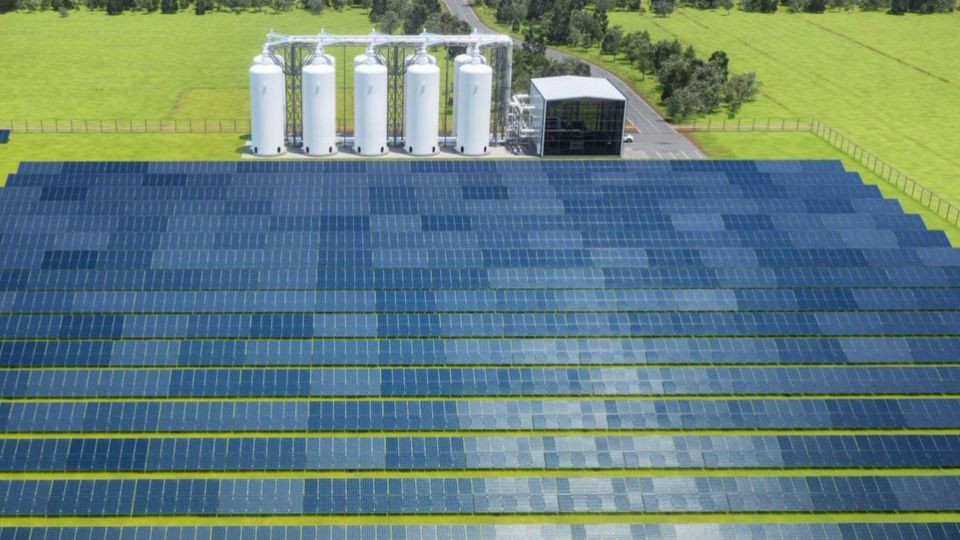
And Stiesdal Storage Technologies will have that in its forthcoming Rødby plant. The plan is then to reap international orders and have stone-based energy storage go down in price and efficiency come up to the desired 60 percent through standardized solutions. Part of that journey will be to find the optimal size for each storage unit.
Once that happens, there really will be no limitations on rock-based storage as a technology, which means the solution to wind energy's final Achilles' heel will have been found.
"Because in reality, you will be able to get it as big as you want it. It's just about making enough storage units. You want a rock store of 100MW? We'll just give you 20 5MW units set up next to each other. That's how we do it with wind turbines and solar panels, too. If you want 500MW in turbines at an offshore wind farm, you don't get a single unit of 500MW, but 50 of each 10MW," Stiesdal says.
The last puzzle piece
As most readers who paid attention in physics class will know, energy doesn't disappear. It might get lost, however.
This will apply to around 50 percent of the energy at the Rødby storage plant and around 40 percent at a serially produced facility. The loss will take the shape of surplus heat. Ideally, this heat should be transferable to the district heating system, which will initially not occur in Rødby. According to Andel, however, a solution is underway.
"It's obvious that this potential should be utilized," Stiesdal says:
"But there are various challenges posed by heating utility legislation."
More specifically, a matter concerning levies currently renders surplus heat an unprofitable solution.
"We expect things to eventually fall into place, so this type of facility may yield a valuable contribution to the heating system," he says, hopeful.
However, he underscores that this would only be a bonus as to the climate effect of rock-based energy storage. The financials will still be sound even if the excess heat is lost to the void.
"Our current business case is based on heat being without value. Of course, it would be very favorable to the Danish business case if heat were included, but in large parts of the world there is no district heating grid. So on a global level, heat generally has no value. Fortunately, it is by no means a decisive factor for the technology that surplus heat be utilized," Stiesdal says.
Andel, Stiesdal choose site for new hot rock energy storage
Danish public-private initiative pursues biofuel from sewage sludge
Stiesdal inaugurates first fully automatic pyrolyzer
Pension firm explains first direct investment in developing company
Related articles
Andel, Stiesdal choose site for new hot rock energy storage
For subscribers
Stiesdal inaugurates first fully automatic pyrolyzer
For subscribers

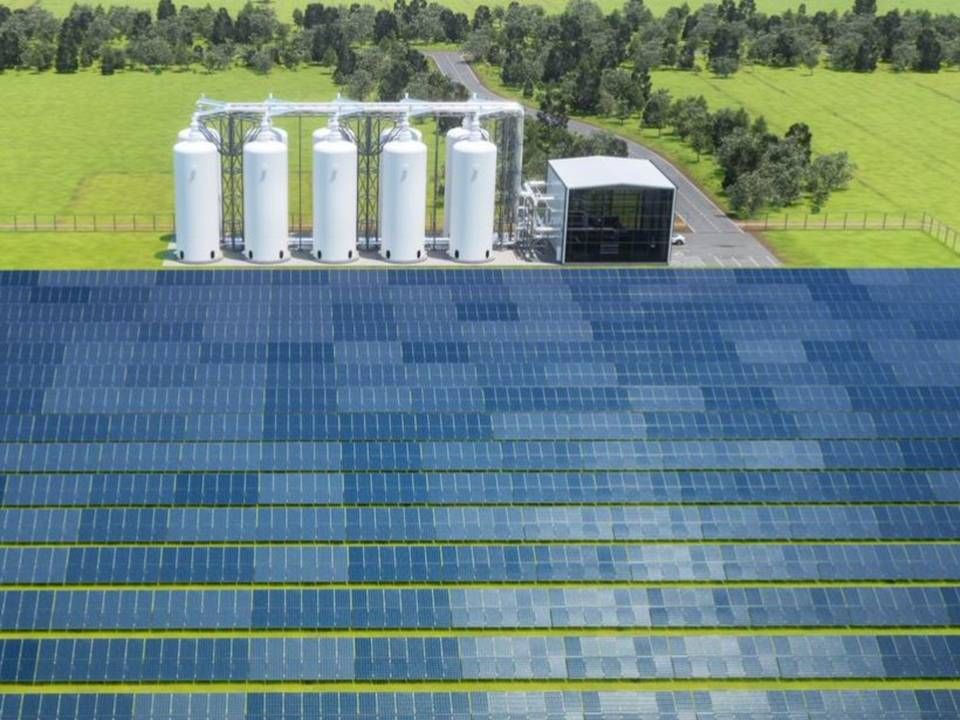
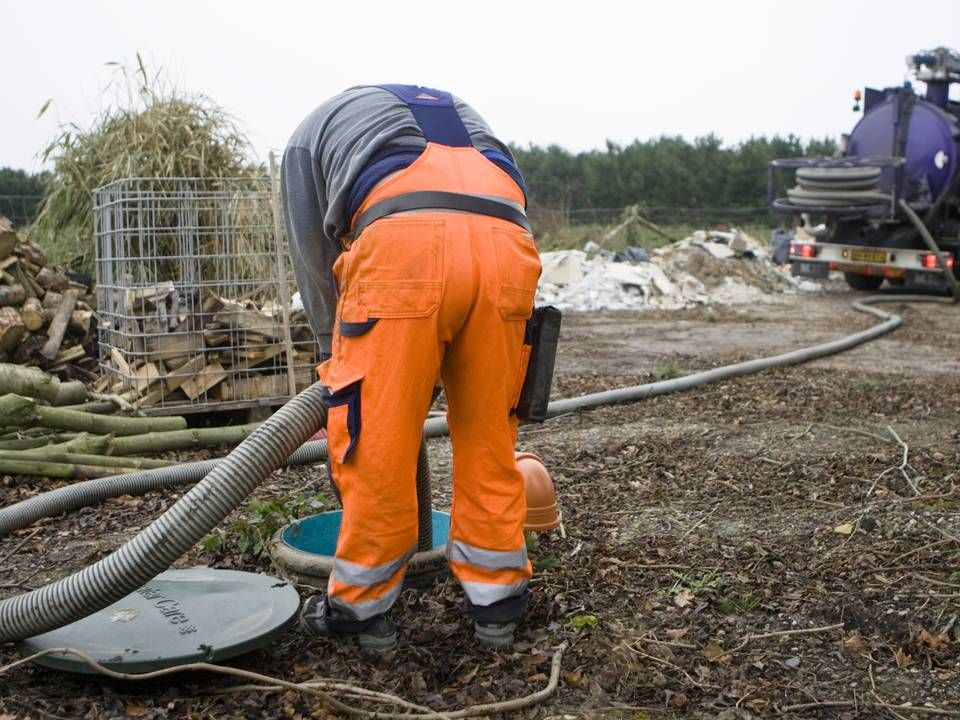
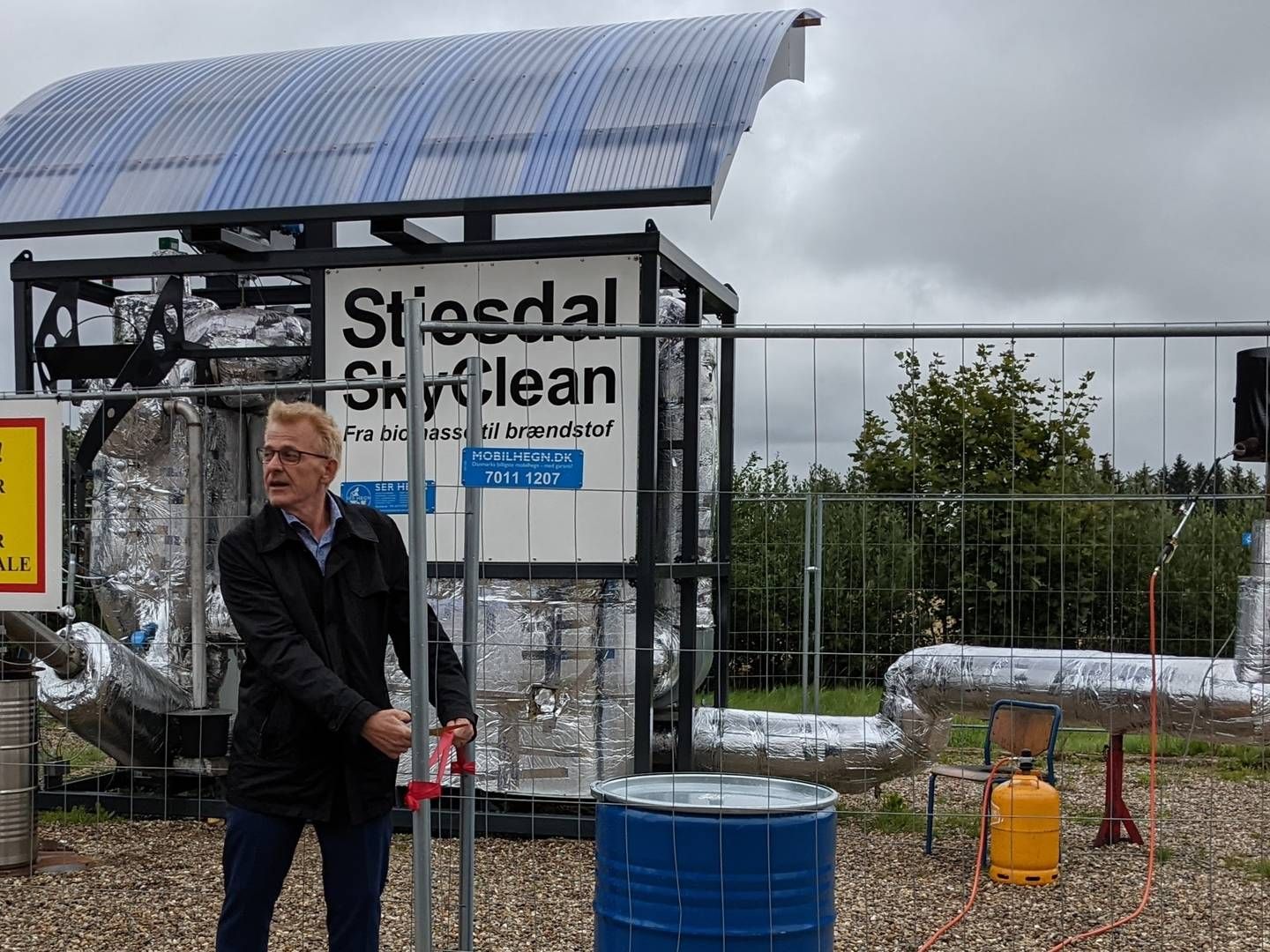














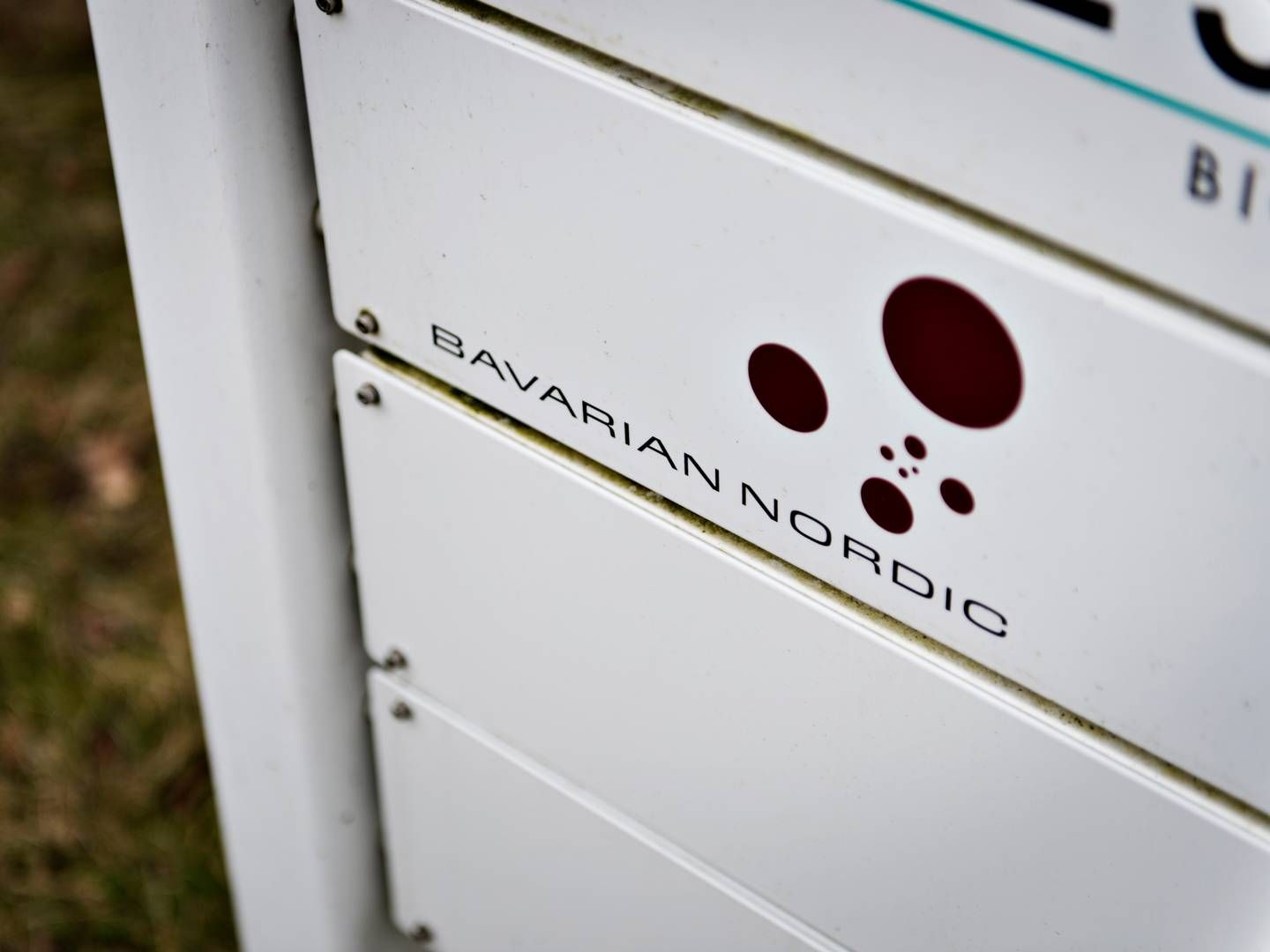




.jpg&w=384&q=75)

